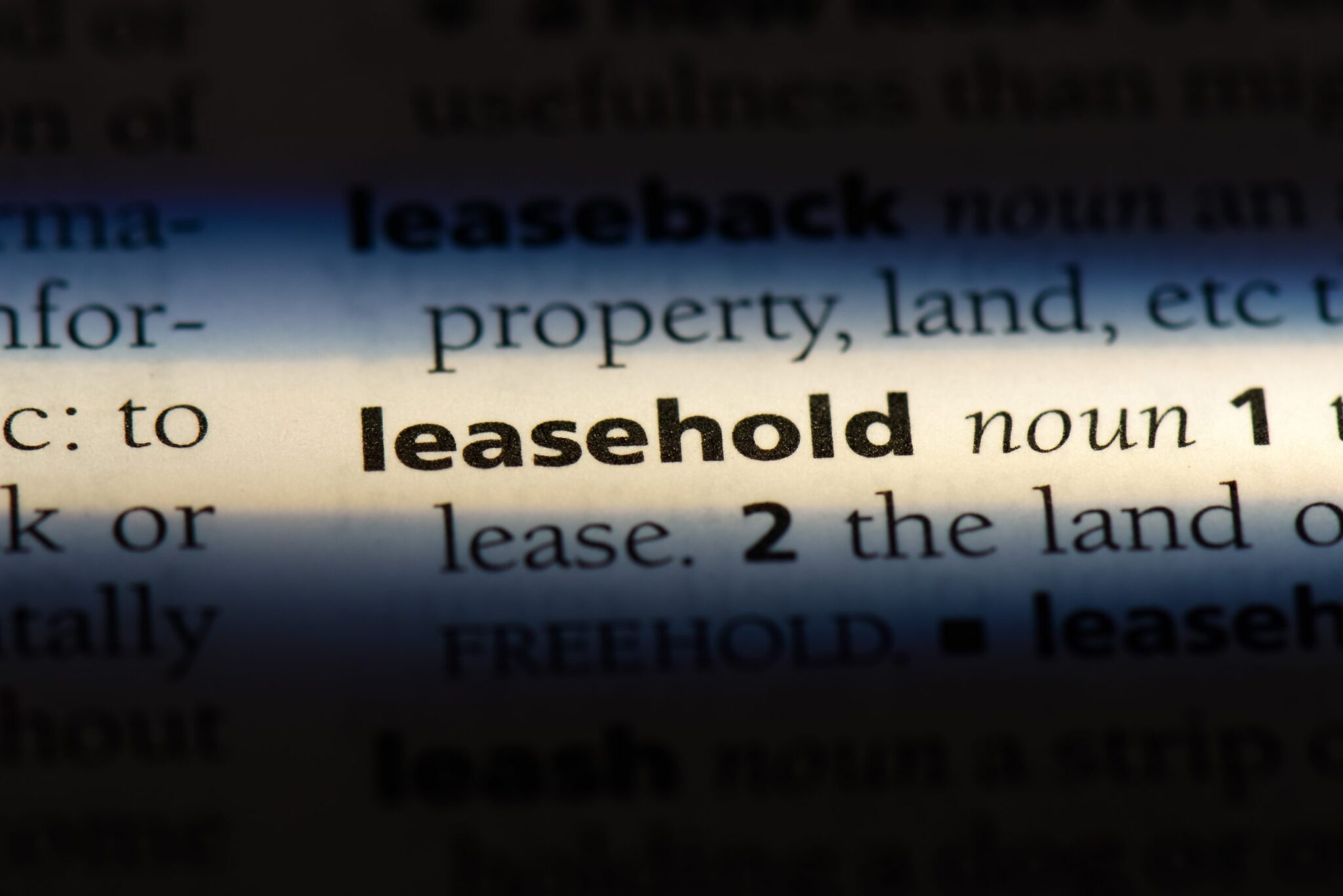
The MPC voted by a majority of 6-3 to maintain the base rate at 5.25%, however, two members preferred to increase the base rate by 0.25% to 5.5%. One member said they would prefer to lower the base rate to five per cent.
It is the fourth time in a row that the base rate has been held at 5.25%.
The majority of industry experts expected the base rate to be held this week as the slight rise in inflation could quell immediate urges for rate cuts.
The MPC said that global GDP growth was “expected to pick up gradually during the forecast period, in large part reflecting a waning drag on the rate of growth from past increases in bank rate”. It added that business surveys were consistent with an “improving outlook for the near term”.
On the labour market side, the MPC said that the market had started to ease but remained tight and it warned that unemployment was expected to rise further.

Wellness and wellbeing holidays: Travel insurance is essential for your peace of mind
Out of the pandemic lockdowns, there’s a greater emphasis on wellbeing and wellness, with
Sponsored by Post Office
Regarding inflation, the MPC said that it expected CPI inflation to fall temporarily to the two per cent target in Q2 2024 before rising again in Q3 and Q4.
It said that by the end of the year CPI inflation would be 2.75%, 2.3% in two years’ time and 1.9% in three years’ time.
The MPC said: “The restrictive stance of monetary policy is weighing on activity in the real economy and is leading to a looser labour market. In the Committee’s February forecast, the risks to inflation are more balanced. Although services price inflation and wage growth have fallen by somewhat more than expected, key indicators of inflation persistence remain elevated.
“As a result, monetary policy will need to remain restrictive for sufficiently long to return inflation to the two per cent target sustainably in the medium term in line with the MPC’s remit. The Committee has judged since last autumn that monetary policy needs to be restrictive for an extended period of time until the risk of inflation becoming embedded above the 2% target dissipates.”




